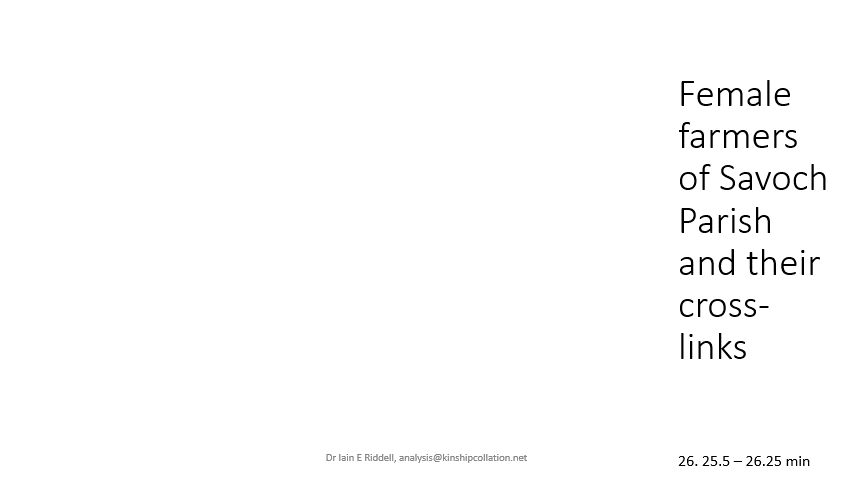The outputs of three decades of genealogy in the digitised era
Popular interest in genealogy has caused the state records on the population, birth, marriages, deaths, enumerations and a lot more to be digitised and made available. Millions of people have examined these records and assembled data packages for specific people from the past, What needs examination is whether the results and outputs of this work are well understood and whether they have been put to good use.
These micro-projects illustrate the point...
The capacity to visualise the Anglican preisthood and elites as vast networks: time, place, relatedness; has the potential to reveal groupings and allegiances, power and status, conflict between theologies and the challenge faced by the Enlightened State to engender a form of plurality.

The herstory of women in some nineteenth century jurisdictions is made more viable with greater socioeconomic diversity thanks to the capacity for digitsed genealogy to retrieve and reorganise the record base. For instance, the cultural and bureaucratic alignment of Scottish records creates the opportunity to retreive and analysis economic and social data on women farmers, women who farmed and farming women.

The ability to rapidly and accurately track individuals as they move back and forth, crossing bureaucratic boundaries within national jurisdictions and as they across national boundaries and thus out and in of State record collections is a unique boon of digitised genealogy. Consequently, not only can the labourious work of Margaret Harper, Charlotte Erickson and Rosemary O'Day be enhanced with countless additional case studies and massive data sets but their initial analysis can be robustly tested through Digital Genealogy as their record collections can be expanded.
